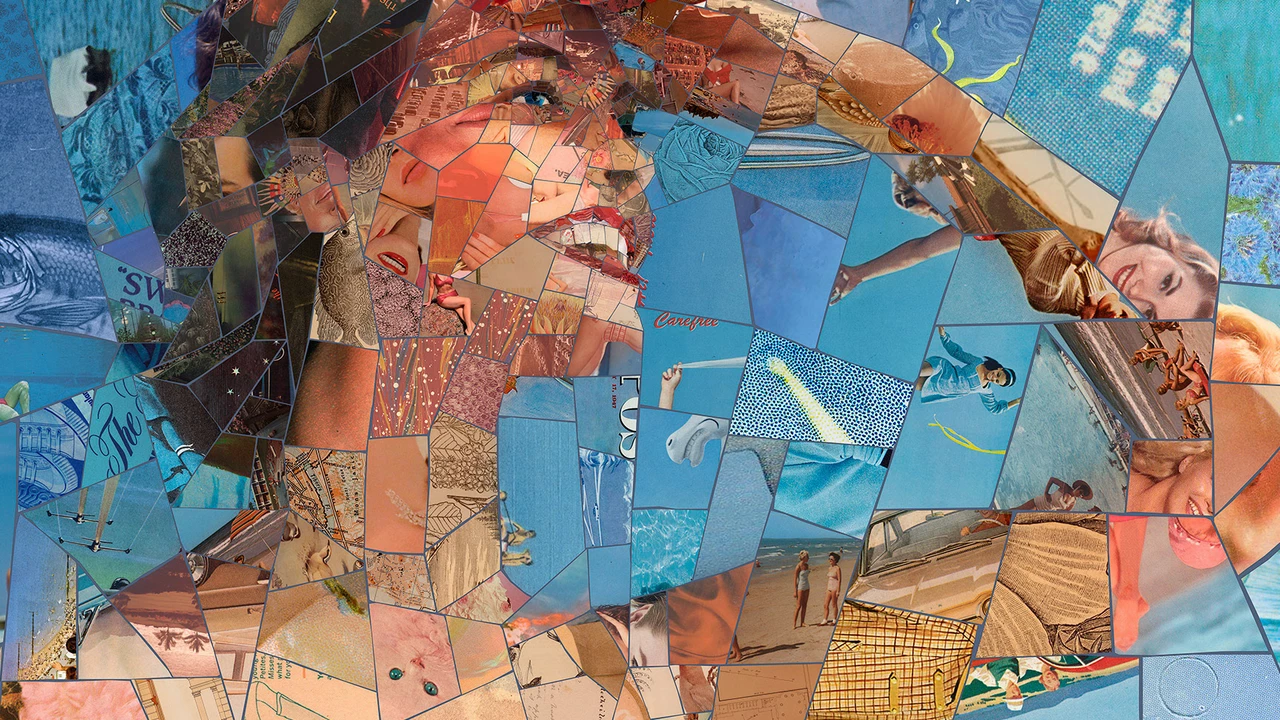What is the difference between Visual Arts and Audiovisual Arts?
 Aug, 17 2023
Aug, 17 2023
Understanding the World of Visual Arts
Let's dive down the rabbit hole that is the world of visual arts. Now, what pops into your mind when you hear “visual arts?” For me, it's those astonishingly detailed paintings in the Louvre, or perhaps the chalk street artistry that you stumble across in urban cities. The essence of visual art is tangible, something you can view, touch, and even smell. It's a symphony of colors, shapes, and forms, a silent conversation between the artist and the viewer where every brushstroke tells a story.
Visual art is primarily two-dimensional, encompassing painting, drawing, and photography. It's the enchanting frescoes of Michelangelo or the poignant photographs of Annie Leibovitz that tug at your heartstrings. However, you'd be mistaken to think that visual arts stick strictly to flat surfaces. Sculpture, installation, and land art are other forms of visual art that offer a striking three-dimensional perspective.
Despite his reluctance, my daughter's high school art teacher, Mr. Sheldon, graciously allowed Vanessa and me to attend one of their arts classes because he knew we were eager to learn more about the subject. He talked tirelessly about various aspects of visual arts and demonstrated several techniques to provide the students with a broader understanding of the art form. It was a fun and enlightening experience and emphasized the depth and diversity that visual art offers.
Exploring the Landscape of Audiovisual Arts
On the flip side, let's now dive into the rich terrain of audiovisual arts. Oh, boy, here we go! This is a form of art that combines visual elements with sound. It's the beating heart of our generation's entertainment and communication. Movies, television, video games, music videos, and even live performances fuse sight and sound to create an immersive experience.
Think about the last time you watched a movie, say, the latest Hollywood blockbuster. What captivated you more, the visual effects or the pumping soundtrack? The magic lies in their fusion, right? That's audiovisual art. It requires a keen understanding not just of visual composition, but sound design. The humming soundtrack, the hard-hitting dialogues, and the bustling background noises all contribute to the symphony that complements the visuals on your screen.
Vanessa, with her love for intricate, cryptic puzzle games on her touchscreen device, might argue that these games too, are a form of audiovisual art. And you know what? She’s not wrong! The designing of characters, environments, and sound effects all require a mastery of both visual and audio techniques. Indeed, the boundaries of audiovisual art are continually expanding, matching stride for stride with technological advances.
Unspooling the Thread of Difference
Both visual and audiovisual arts are multi-faceted. Our experiences of them are subjective, deeply influenced by our personal histories, preferences and biases. But, setting aside these individual sensitivities, what truly distinguishes them from each other? A question that is as interesting as it's complex.
The discerning difference lies in the sensory experience they elicit. Visual arts seduce your eyes, compelling you to absorb minute details and unravel layers of meaning. Whereas, audiovisual arts offer a comprehensive sensory experience, tickling your ears and eyes simultaneously, often leading to a deeper emotional response.
When I bought my first limited-edition poster of 'The Shawshank Redemption,' it was visual art. I marveled at the precisely designed characters and the mysteriously layered background. But when I watched the movie, immersed in Andy Dufresne's story, exhilarated by Thomas Newman's haunting score, it transcended into the realm of audiovisual art. The visual art served as a teaser, a curtain-raiser, while the audiovisual experience was, well... the main show!
Good Art Transcends Boundaries
Concluding our spirited exploration, let's agree on one thing - good art, whether visual or audiovisual, is timeless. It stirs emotions, questions norms, and transcends boundaries. It infuses color in black and white, brings silence to a cacophony, and gives music to the motionless.
Understanding the difference between visual and audiovisual art paves the way for appreciating the artistry involved better. It allows us to fathom the layers that contribute to our deeply personal experiences of art.
Well, it's been a roller-coaster of a ride exploring these vibrant and dynamic domains of art. I hope it's been as stimulating for you as it has been for me. And, as always, keep your eyes, ears, and heart open to the wonderful world of art. Who knows what fascinating adventures await!